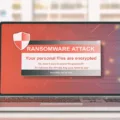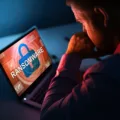NetWalker Ransomware is a type of malicious software that has become increasingly active in recent years. It is part of the “Ransomware-as-a-Service” (RaaS) business model, which provides tools and infrastructure to hold files, hostage, in return for payment. It has quickly become one of the most prolific forms of ransomware, targeting dozens of victims across the world including companies, municipalities, hospitals, law enforcement, emergency services, school districts, colleges, and universities.
Netwalker ransomware works by encrypting a victim’s data and then demanding a ransom payment in exchange for the decryption key. The attackers also threatened to release sensitive information or publicly post stolen data if their demands are not met. This tactic has been successful in extorting large sums of money from unsuspecting victims.
The industries that are most often targeted by Netwalker ransomware include banking and financial services companies, educational institutions, energy and utilities providers, government entities, manufacturers with valuable data or weak security infrastructure, and those with access to money for ransom payments. This shows just how widespread this threat can be as it can target anyone from an individual user to a large organization.
To defend against NetWalker ransomware attacks it is important to have robust security measures in place such as regularly updating security software and making sure all systems are patched with the latest updates. Additionally, it is important to ensure users are educated about potential risks that come with downloading suspicious files or clicking on dangerous links. It is also important to have backups stored offsite so that if a system does become infected there will still be access to critical data needed to recover from the attack without having to pay the ransom fee demanded by the attackers.
Overall NetWalker ransomware is an increasing threat that should not be taken lightly as it can have serious consequences for any organization or individual who falls victim to its attack. Taking proper steps to protect yourself and your organization can go a long way in avoiding becoming another statistic in this growing epidemic.
Who Is Responsible for NetWalker Ransomware?
NetWalker, also known as Mailto, is a ransomware-as-a-service (RaaS) operation that has been active since August 2019. Its operators are believed to be a group of Russian-speaking cybercriminals, who have targeted organizations in numerous countries including the United States and Canada. The group is said to have earned millions of dollars from extorting victims through their ransomware attacks, which encrypt files and demand payments in exchange for decrypting them.
Sebastien Vachon-Desjardins was recently sentenced after pleading guilty to charges related to his involvement with NetWalker. According to the US Department of Justice, Vachon-Desjardins had acted as an affiliate of the criminal organization since at least October 2019. He had been responsible for distributing malicious code and collecting ransom payments on behalf of the operation.
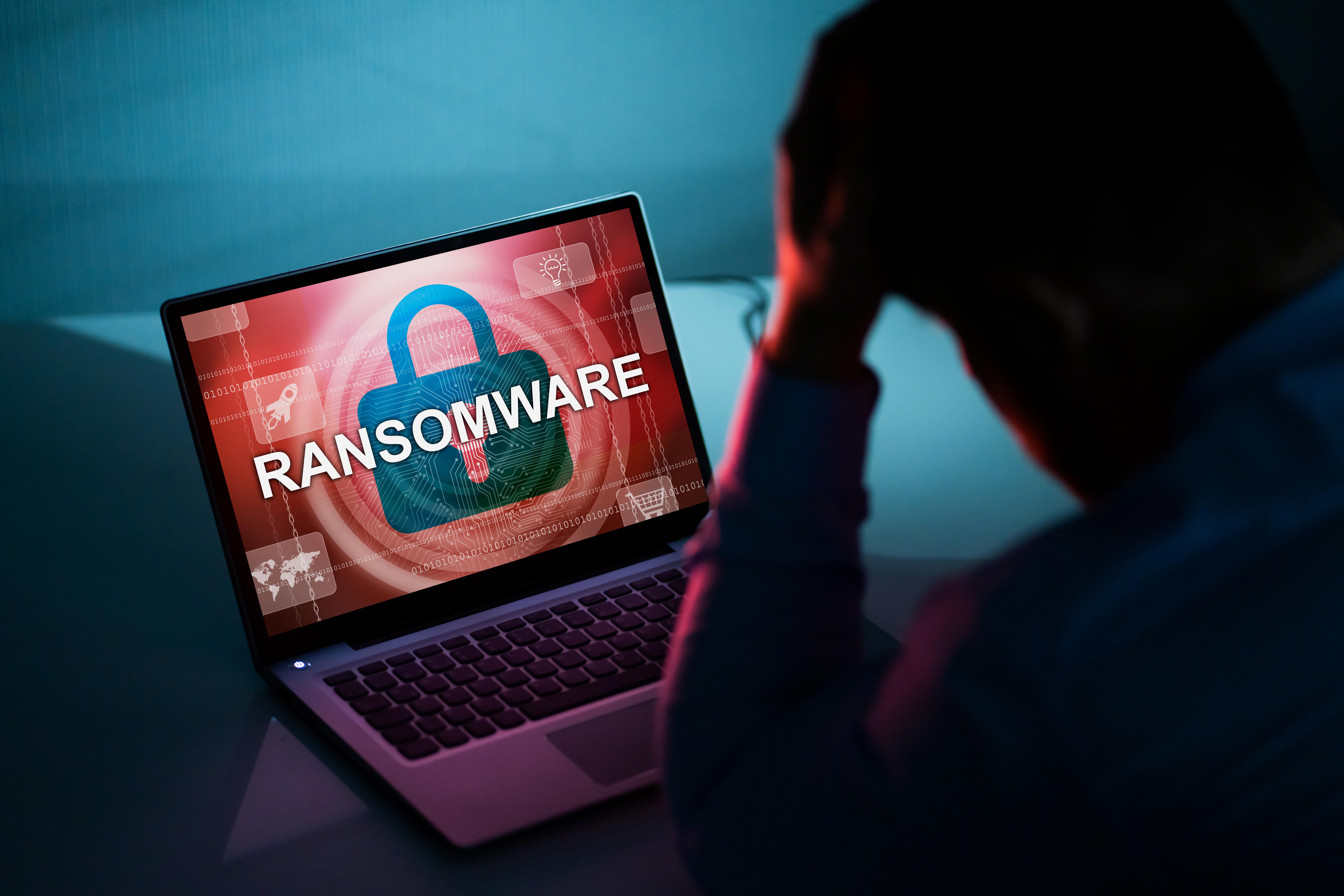
Source: csis.org
The NetWalker Virus: An Overview
NetWalker is a type of ransomware that was first identified in August 2019. It is a variant of the STOP ransomware family, which targets Windows systems and encrypts files using AES-256 encryption. NetWalker uses a combination of techniques to spread, including malicious links in emails, malicious websites, and brute-force attacks on vulnerable remote desktop protocol (RDP) services. Once inside a network, NetWalker searches for sensitive files to encrypt and demands payment for their release. It has been found to target healthcare facilities, government organizations, universities, and other large organizations. Unlike other forms of ransomware, NetWalker is also distributed through a Ransomware-as-a-Service (RaaS) model; this means that its creators have designed tools and infrastructure for others to use ransomware in return for affiliate payment.
Victims of NetWalker Ransomware
The victims of NetWalker ransomware have included a wide variety of organizations from all over the world. These include companies, municipalities, hospitals, law enforcement agencies, emergency services, school districts, colleges, and universities. In particular, the Department of Justice has reported that NetWalker ransomware has targeted dozens of victims in the United States and many other countries. Victims have suffered disruption to their operations due to the ransomware encryption of important data and documents. The financial costs associated with restoring operations can be significant as well as the potential loss of sensitive or confidential information. Companies and organizations are advised to take extra precautions to protect themselves against such cyber-attacks.
Top 5 Targets of Ransomware
The top 5 targets of ransomware are banking and financial services companies, educational institutions, energy and utilities companies, government agencies, and manufacturers. Banking and financial services companies are often targeted due to the large amounts of money they have available. Educational institutions are attractive targets due to their large collections of sensitive data. Energy and utility companies are vulnerable because of the essential services they provide. Government agencies may be targeted for the sensitive information or data that they store. Finally, manufacturers may be targeted for their ability to disrupt supply chains and cause economic damage. By understanding who is at risk from ransomware attacks, organizations can take steps to protect themselves against these threats.
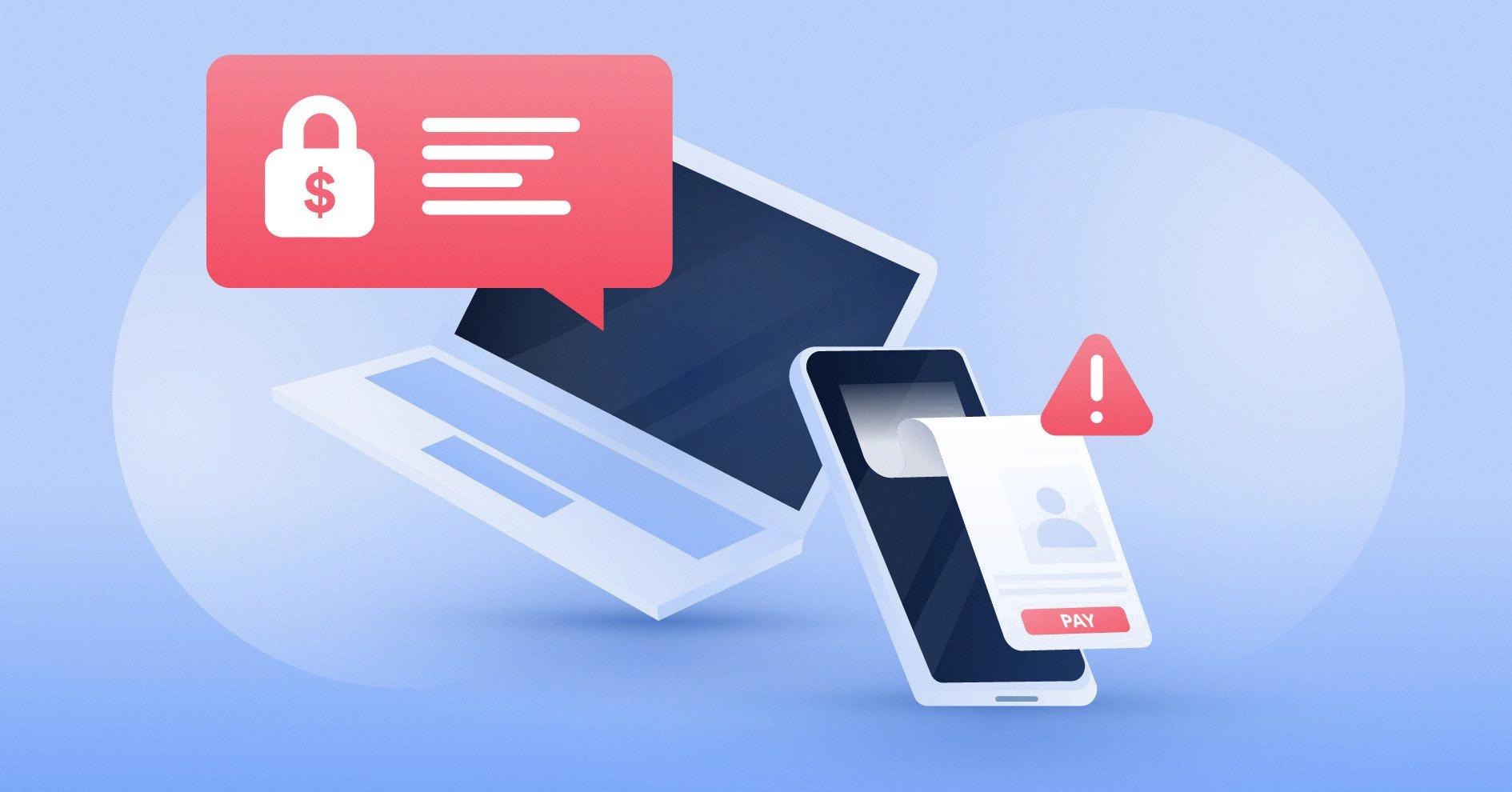
Source: nordvpn.com
Removing Ransomware Viruses
Yes, ransomware viruses can be removed from your computer. To do this, you will need to use a good antivirus program or anti-malware software. This should detect and remove any malicious files associated with the virus. If your data has been encrypted, you may also need to use a specialized decryption tool in order to regain access. It is important to remember that even after a virus has been removed from your system, there may still be lingering effects such as damaged files or corrupted data. It is therefore important to back up your data regularly and keep it stored safely in a secure location.
Can Ransomware Be Eliminated?
No, ransomware does not go away on its own. Ransomware is a type of malicious software that is designed to encrypt data on a computer, making it inaccessible unless a ransom is paid. Once the ransomware has been installed on a computer, it will remain until it is removed. To remove the ransomware, you should use antimalware/anti-ransomware software or seek assistance from security professionals. It is also important to back up your data regularly so that you can restore files if they are encrypted by ransomware.
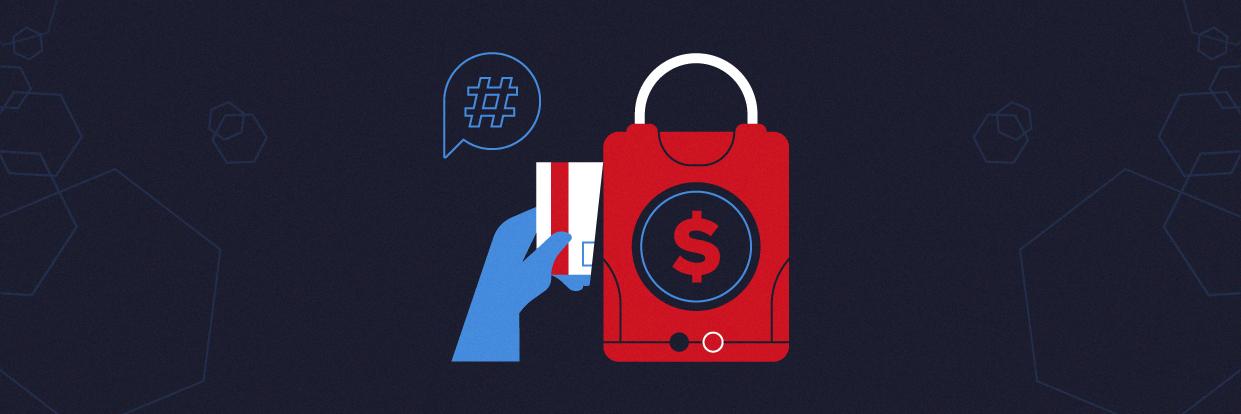
Source: varonis.com
The Best Defence Against Ransomware
The best defense against ransomware is a multi-layered approach that includes proactive security measures, such as antivirus and anti-malware software, a strong firewall, regular patching of the system software, robust user education and training, and the implementation of a reliable backup system.
Antivirus and anti-malware solutions are the first lines of defense against ransomware attacks. They detect malicious code as it enters the system, preventing it from executing. These solutions also continuously monitor for any suspicious activity and alert administrators if they detect anything out of the ordinary.
Firewalls are also essential in defending against ransomware. They act as a barrier between trusted internal networks and untrusted external networks (such as the internet), controlling the flow of data between them. Firewalls can be used to block known malicious traffic or connections from entering the network while allowing legitimate traffic to pass through.
Patching systems is another key component of ransomware prevention. Keeping all operating systems and applications up-to-date with the most recent security patches will close any vulnerabilities that hackers may try to exploit.
User training is an important part of preventing an attack in its early stages. Educating staff on how to recognize phishing emails or malicious links will help them avoid being tricked into downloading malware or giving away sensitive information to attackers.
Finally, backing up regularly is critical for maintaining business continuity in case an attack does occur. By creating regular backups stored offsite or in cloud storage solutions, businesses can quickly restore their data without having to pay any ransom demands made by attackers.
Conclusion
NetWalker ransomware is a serious threat that can cause significant damage to businesses, organizations, and individuals alike. It is especially dangerous for industries such as banking and financial services, education, energy and utilities, government, manufacturing, and those with valuable data or lack security infrastructure. It is important for everyone to take proactive steps to protect themselves from this type of attack by properly securing their systems and backing up their data. Taking the proper precautions can help stop NetWalker ransomware from affecting your organization or personal data.






